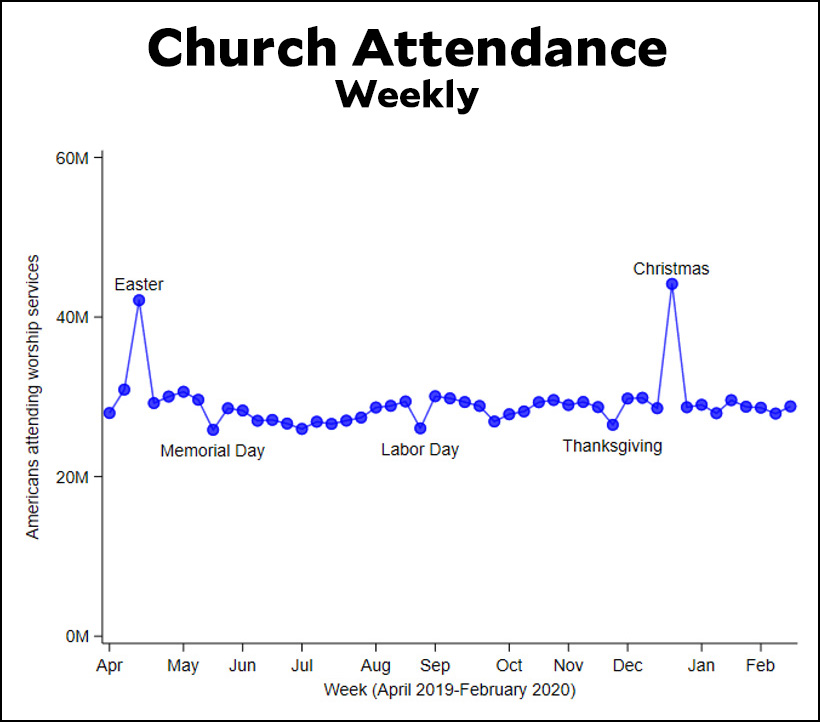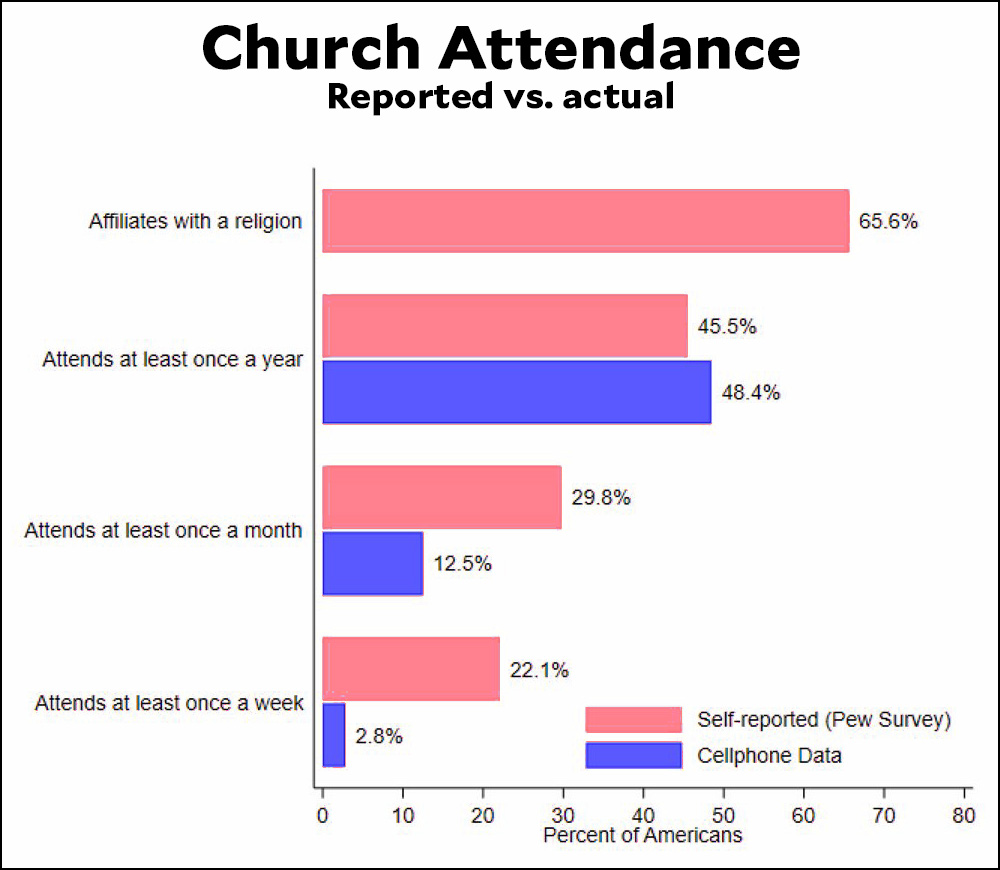Trying to make sense of Biden’s unpopularity
July 18, 2023 3 Comments
Eric Levitz takes a look at a number of theories, none of which are entirely convincing:
Since Biden took office in January 2021, the economy has been steadily replacing the jobs it lost during the pandemic. This recovery has necessarily brought more lower-wage workers back into the labor force. It is hard to say exactly what percentage of the apparent decline in real wages this composition effect accounts for. But if we use the month before the pandemic started as a baseline — since, in February 2020, the unemployment rate (and thus composition of the labor force) was similar to today — then the real wage picture looks very different: Even after accounting for inflation, the real hourly wage in the U.S. is now nearly 2 percent higher than it was before the pandemic.
A less than 2 percent advance in real wages over more than two years isn’t fabulous. But it nevertheless means that, using one plausible measure, American workers actually have higher living standards now than they did before the pandemic, when their assessments of the economy were historically positive. Shortly before COVID, a CNN poll found voters viewing the economy more favorably than they had in nearly 20 years. Today, Americans are earning higher real wages than they did then. And consumer sentiment is, nevertheless, lower than it has been during 92 percent of the months since 1978.
So, the unpopularity of both Biden and his economy are stranger than I’d previously allowed…
So, if most Americans have objectively seen an increase in living standards since the pandemic and subjectively feel satisfied with both their economic and nonmaterial circumstances, why are they so dissatisfied with their president and his economic record?
One possibility is that, after enjoying largely stable prices for decades, Americans simply have little tolerance for inflation. Sure, their wages may have grown faster than prices since February 2020. But voters might be inclined to attribute their income gains to their own efforts, while blaming rising prices on the government’s mismanagement. They still have not adjusted psychologically to the jump in their grocery bills, and are irked each time they see the receipt and remember what things used to cost when Donald Trump was still president.
Another, related possibility, is that the American middle class resents many aspects of a tight labor market. For households earning the median wage or above, falling income inequality might be experienced as a loss in relative social status. More concretely, as wages have risen at the bottom of the labor market and competition for low-wage workers among employers has intensified, it may be harder to get “good help” these days, whether in the form of affordable housecleaners, child-care workers, or timely restaurant service.
That said, neither of these explanations do a great job of accounting for the fact that a supermajority of Americans express satisfaction with their personal economic circumstances. By contrast, a disconnect between perceptions of one’s own material wellbeing, and perceptions of the economy writ large, could be explained by media dynamics.
Certainly, right-wing media in the United States has vast reach and influence. The mainstream media, meanwhile, has a well-documented negativity bias, which has generated years of stories about a hypothetical recession, whose start date is forever being postponed.
Another theory is that voters are simply put off by Biden’s extraordinarily advanced age and are inclined to believe that an 80-year-old president is probably mismanaging the economy in some way…
This is far from an exhaustive list of potential explanations. I’m personally inclined to think that the answer is some combination of the public’s (perhaps, irrationally intense) antipathy for inflation and media dynamics. Regardless, widespread disapproval of both Biden and the economy is much weirder than a cursory look at real-wage data would lead one to believe.
Put me in the “media dynamics” category. Margaret Sullivan on the issue:
Meanwhile, Biden’s approval ratings remain low — around 43 percent. And one media narrative that is extremely easy to find is that many Democrats and independents believe he shouldn’t run again.
Why does this happen? I see three reasons:
The press has a well-known negativity bias. Journalists prefer stories filled with conflict, finding them more compelling and more likely to generate clicks. Biden’s strong economic record doesn’t fit the bill. Isn’t it much more fun to deal with the red meat of culture wars, or whether Biden has a fiery temper?
Journalists, in general, may not always have the economic knowledge or patience to delve into the policy details of “Bidenomics.” In the American Prospect, Harold Meyerson slammed the “piss-poor job that most of the media have done in reporting — or even understanding — his economic programs.” These include Biden’s $1.9 trillion pandemic aid package which, he writes, “stands as the most effective anti-recessionary policy in American history.”
My own theory, which I floated in the Washington Post at the beginning of the Biden administration: The mainstream press is freaked out by the fact that many journalists share Biden’s basic values of decency, respect for the rule of law and a predilection for human rights. But they don’t want to be seen as “in the tank” for this administration, so they twist themselves into knots to find the negative.
I think the other part of this, which I recall writing about back at 2022 midterm time, is that there’s a lot of “soft” Biden disapproval out there from (young) lefty Democrats who are frustrated by Biden’s relative moderation and not really inclined to give him credit for much.
Regardless, it really is a bit of a political puzzle why Biden’s approval should be stuck in the low 40’s in a time clearly characterized by peace and prosperity.


Recent Comments